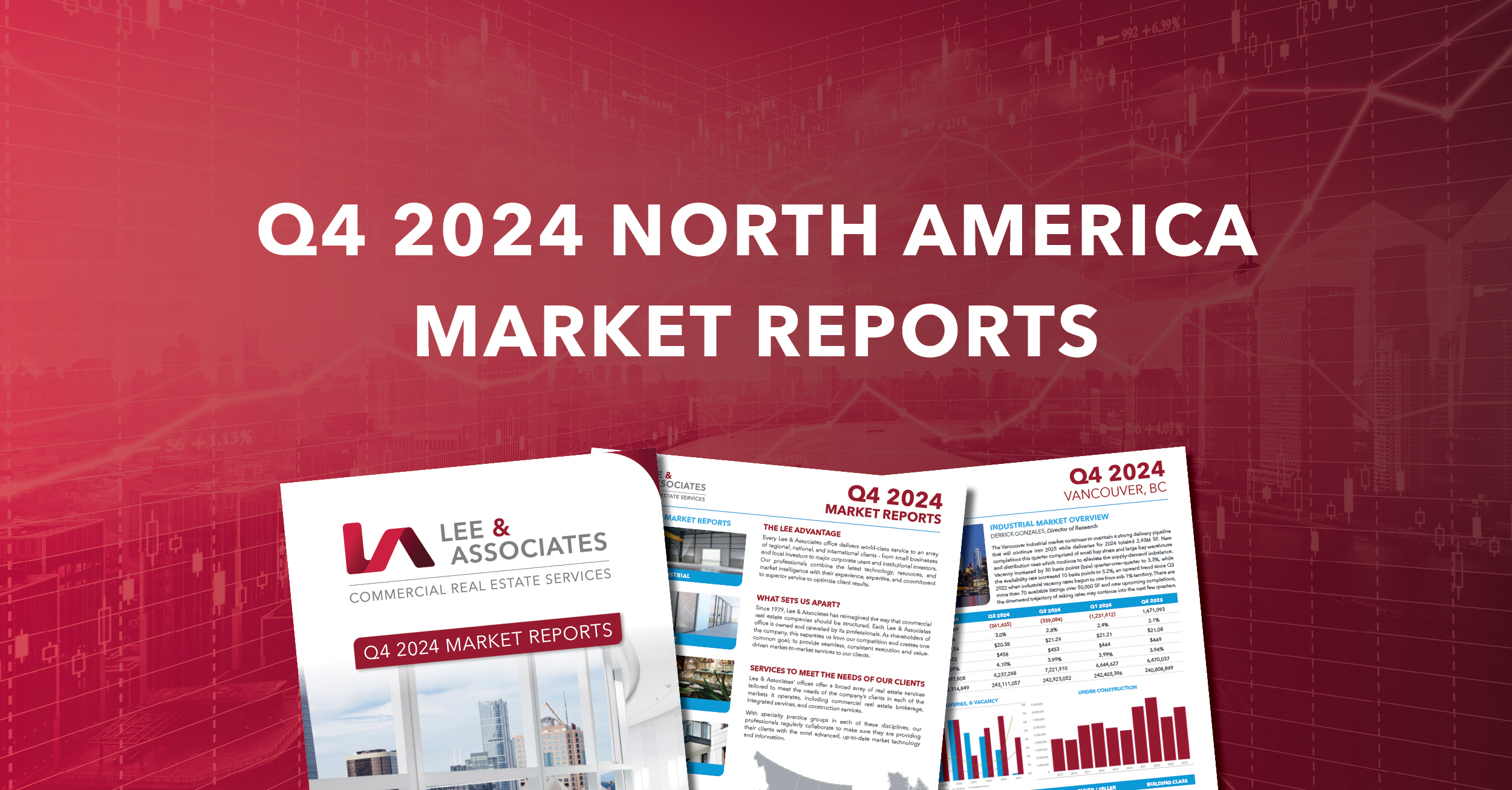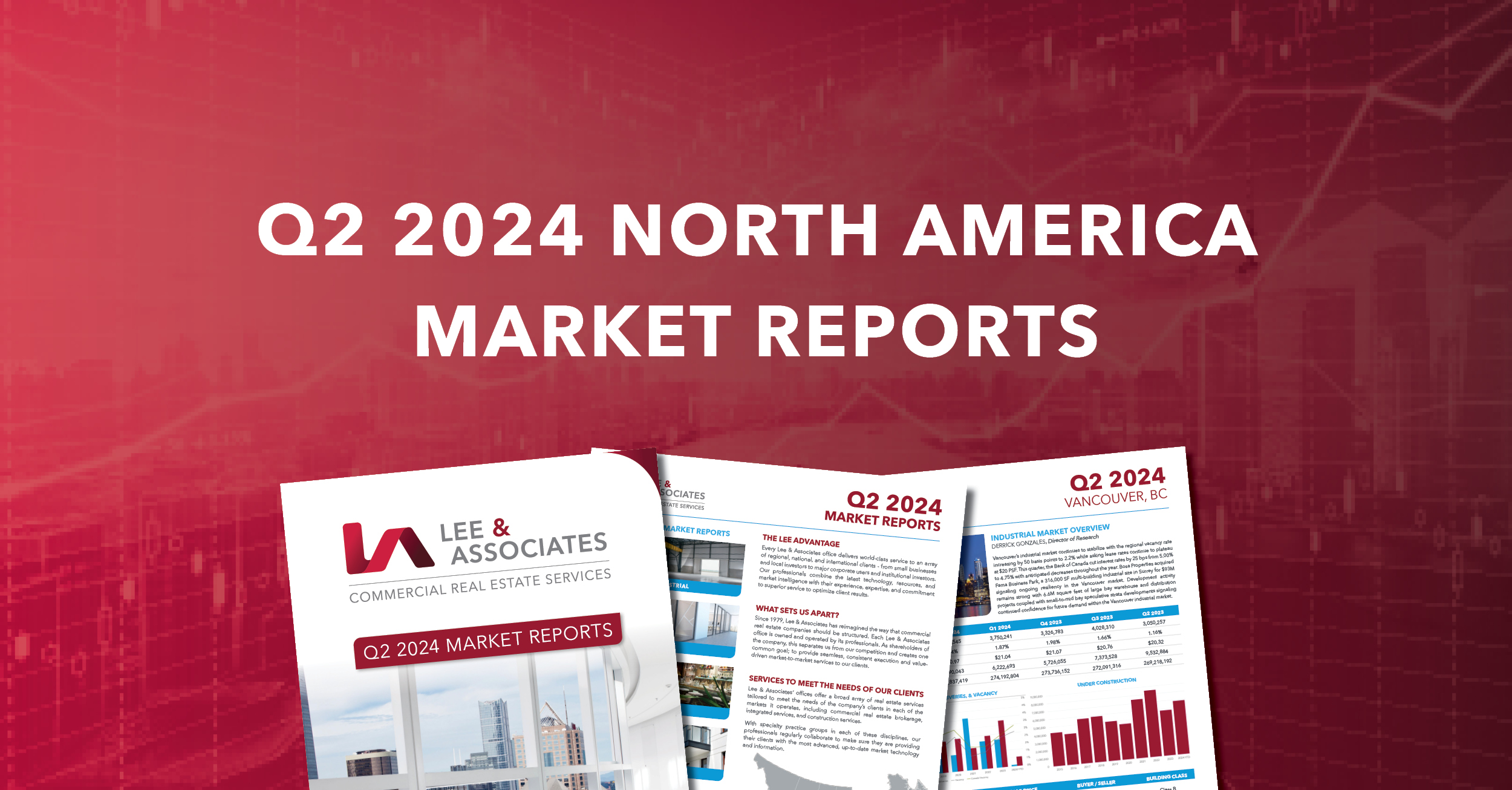The first three quarters of 2023 have been marked by even more interest rate hikes from the Bank of Canada, with experts predicting yet another increase coming. The quantitative tightening from BoC has brought the current prime rate to 7.2%, a level that we have not seen in over 20 years.
Ever-increasing cost of financing, paired with the softening market experienced this year, has resulted in a slow down in the industrial market, especially when it comes to sales. This quarter has seen a 57% decrease in number of industrial transactions and a 47% decrease in sale volume, compared to the same period last year. However, a key driving factor in Vancouver’s industrial market is the shortage of developable land for future supply. This helps keep vacancy low despite a slower market, hovering around 1.4% for Metro Vancouver. Compounding the issue of a desperate need of new industrial supply, are the other headwinds working against development. These include high construction costs, financing costs, development cost charges, long permitting times, shortage of skilled workers, and exorbitant land prices.
Despite the market softening this year, industrial land prices have tripled over the last five years, meaning new land purchases for the purpose of development are not feasible for many developers in the current market. A consequence of this has been Alberta cannibalizing the Vancouver industrial market, as reported by NAIOP and the Greater Vancouver Board of Trade this quarter. Our neighboring province is gaining from our incredibly tight market as users are forced to look for cheaper space, or even just available space. The result is a loss of over 6,000 jobs and $500 million in GDP over the last five years. The critical land shortage in Vancouver needs to become a priority of all three levels of government.
Although there has been an increase in inventory over the past few quarters, demand remains strong. An example of this is Pet Valu taking over 350,000 SF of space this quarter in Surrey. Well-maintained buildings in a desirable location will get transacted, but we are shifting into a market where the tenant/purchaser is regaining some power. This is a window for groups that have been priced out of the market in the past and are well-positioned now, as the pressure of demand paired with the lack of significant new supply will work together to keep vacancy relatively low and prevent prices from dropping too far.
Stay up to date – to receive our market insight as soon as they become available, subscribe here.





